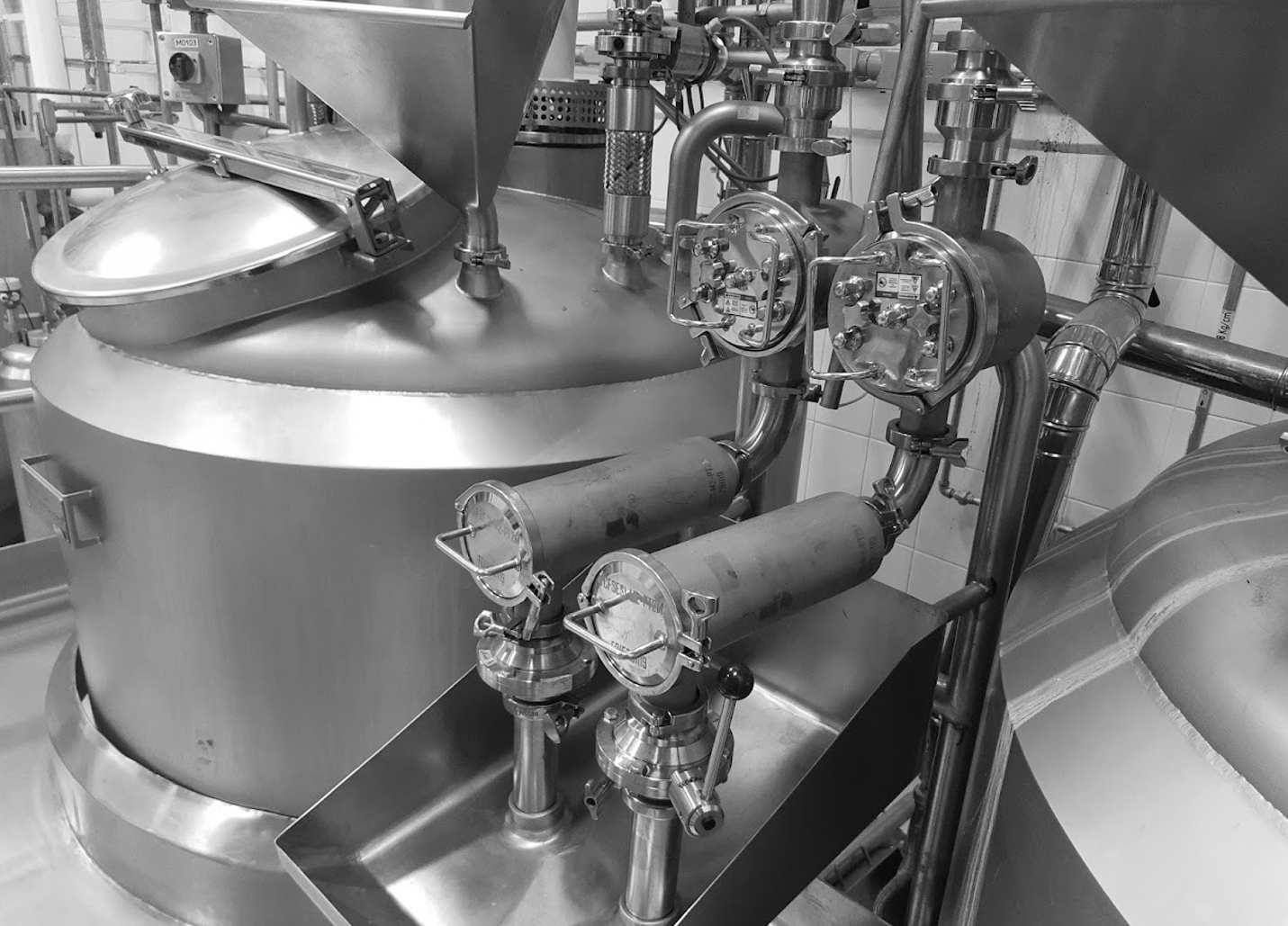OPRP auxiliary equipment – Magnets and filters
Let’s move from the “end-of-line detection” approach to the holistic “prevention, extraction and control” approach.
In this training you will be able to understand about physical risk management procedures, mechanisms and criteria limits, going through the basic principles of hygienic design, application and application in your process flow.
Learn to differentiate the mechanisms that help you prevent and avoid rejections in your metal detectors or X-rays, how to document deviations and failures obtained; also, the traceability in your process flow and differences between OPRP, Critical Control Point and an Equipment Protection Plan according to HACCP and FSCC 22000.
In addition, you will be able to differentiate and choose the behavior of your equipment based on design criteria with the design criteria of each manufacturer and select the optimal efficiency for your application.
Hygienic design for process systems
Do you need to implement a new system or need to improve your process with Hygienic design principles?
The best option guided by our hygienic design experts with a course that will help you understand the principles of hygienic design in your process system. This training covers the understanding of receipt, storage, processing and distribution systems in viscous, fibrous and liquid materials (neutonean and non-neutonean); the design of pipes and tempered systems (jacketed), containers and construction criteria focused on compliance with internal sanitary standards and HACCP and FSCC22000 auditable criteria.
This course is of technical origin and focuses on understanding the ASME_B31.3, BPE, B36.19M standards, going through the AWS_D18.2 and D18.3 welding processes, base materials such as ASTM_A270, finishes and understanding of the different construction criteria for zones 1 (in contact with the product) and zone 2 of the EHEDG hygienic design standards.




